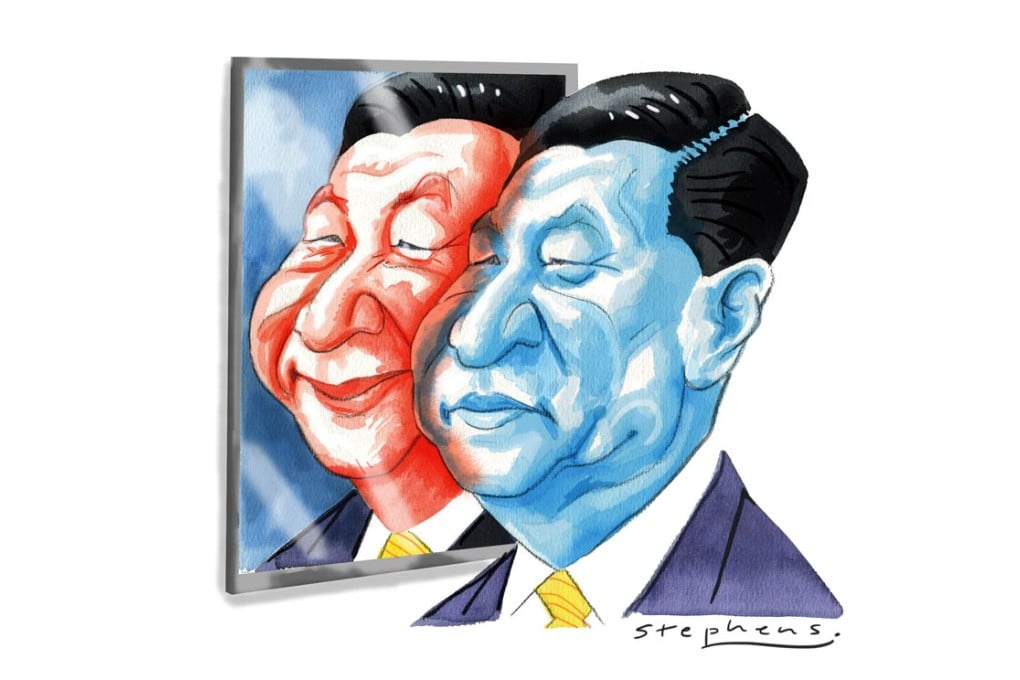Cool heads and warm hearts needed for regional peace and prosperity
Lex Zhao says while the Chinese president showed his 'cold face' in his recent meeting with Abe, it's also clear China needs warmer ties with Japan to achieve Xi's 'Asia-Pacific dream'

It seems ironic that while President Xi Jinping proposed an "Asia-Pacific dream" at the Apec summit, he also showed an unwilling and defiant face when Japanese Prime Minister Shinzo Abe was going to shake his hand.
Contrast that with five years ago, when Xi, as vice-president and head of a delegation to Japan, requested a meeting with the Japanese emperor, even though it was not in his original schedule and, according to protocol, an application should have been filed a month in advance.
Then, there are the recent meetings between Abe and Hu Deping, the eldest son of the late Chinese reformist leader Hu Yaobang, and Li Xiaolin - the youngest daughter of former president Li Xiannian - who has known Xi since childhood.
This all shows that top Chinese leaders actually want cooperation from Japan. Xi's "cold face" was just one side - mainly a political show for the "angry youth" at home who are full of nationalistic sentiment and willing to vent their anger at foreigners given half a chance. Added to this, China's top leaders are a generation of former Red Guards, brought up on a diet of revolution and war while at school.
While the income of ordinary Chinese might have tripled almost overnight, their mindset remains rooted in the past, believing that China is at the centre of things and other "barbarian nations" should bow to it. The nation still practises "power centralisation" and "enriching nationhood to empower the military" - increasing its budget for military spending and maintaining stability faster than its gross domestic product growth.
China's neighbours are not used to a large country growing so rapidly. One often hears questions such as: what does a giant like China want from the rest of the world? Will China step over us? What can China bring to world peace, development and civilisation?